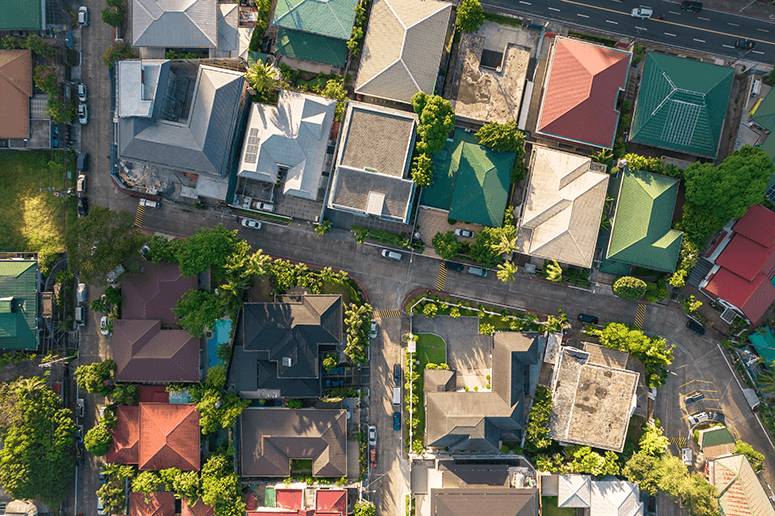The Philippine property market is showing some signs that could favor buyers, but it’s not definitively a buyer’s market yet.
Market cycles
During the growth and expansion phase, developers initiate and construct new projects driven by robust economic growth and heightened demand. Consequently, property prices tend to rise simultaneously.
However, uncontrolled rapid developments can lead to overbuilding as developers respond to excessive demand. This peaking and eventual oversupply may create an imbalance between supply and demand, potentially causing existing inventory prices to stagnate or even decline. An economic downturn can further exacerbate this situation by reducing demand, leading to increased vacancy rates.
Nevertheless, this situation is not expected to persist indefinitely. As the market stabilizes with reduced supply following a downturn, it gradually begins to recover. Increased demand and restored investor confidence contribute to this recovery process.

Market conditions
Seller’s Market. A seller’s market is a market characterized by a surplus of demand over supply. This imbalance results in low inventory levels, rapid sales, and elevated prices. This situation presents developers and existing property owners with a significant advantage, leading to favorable selling terms for sellers. These terms may include predetermined prices, limited payment options, reduced incentives, or favorable conditions. In a seller’s market, developers benefit from the high demand and low supply, enabling them to maximize their profits and exert greater control over the sales process.
Buyer’s market. A buyer’s market is a situation where buyers have an advantage over sellers. It’s characterized by an excess of supply over demand, meaning there are more options available than buyers interested in purchasing them. This abundance of options gives buyers the power to negotiate lower prices or find better deals. Additionally, the larger selection allows buyers to be more selective and find exactly what they desire, ultimately enabling them to secure more concessions from sellers.
Market in transition
The Philippine property market is currently undergoing a transitional phase. While certain factors may favor buyers, the market remains heavily influenced by robust underlying economic fundamentals and persistent demand.
While the real estate market has witnessed a substantial rise in the number of condominium units available for purchase, many analysts are predicting that this trend will continue for the next two to three years. This substantial inventory has the potential to exert downward pressure on prices and payment terms. Vacancy rates in certain market segments can also provide buyers with more negotiating power, among other advantages.
Fortunately, the Philippine economy continues to grow despite global and local concerns that could affect the property market. The Philippines has a strong economy, a young and rapidly growing population, and a thriving tourism sector, all of which are key drivers of property demand. The country also has strong economic fundamentals and numerous ongoing infrastructure projects that are expected to boost property values in specific regions. Notably, there’s a strong demand for high-end and luxury properties from both local and foreign buyers.
Should I buy now?
Buying from developers who offer reasonable prices and favorable payment terms and conditions is crucial for those with the financial means and patience, particularly seasoned investors. However, it’s essential to carefully consider the pros and cons of investing in each property before making such a decision. If you’re unsure, don’t hesitate to seek advice from your trusted real estate brokers and consultants.
Caveat
It’s important to note that the duration of each market cycle phase can vary significantly, and property markets differ greatly across regions, provinces, and cities. Economic factors, such as employment levels, also play a crucial role in shaping property markets. While there’s a general pattern, accurately predicting the precise timing and severity of each phase remains challenging.
* * *
Henry L. Yap is an Architect and Fellow of both Environmental Planning and Real Estate Management. He is one of the Undersecretaries of the Department of Human Settlements and Urban Development.
